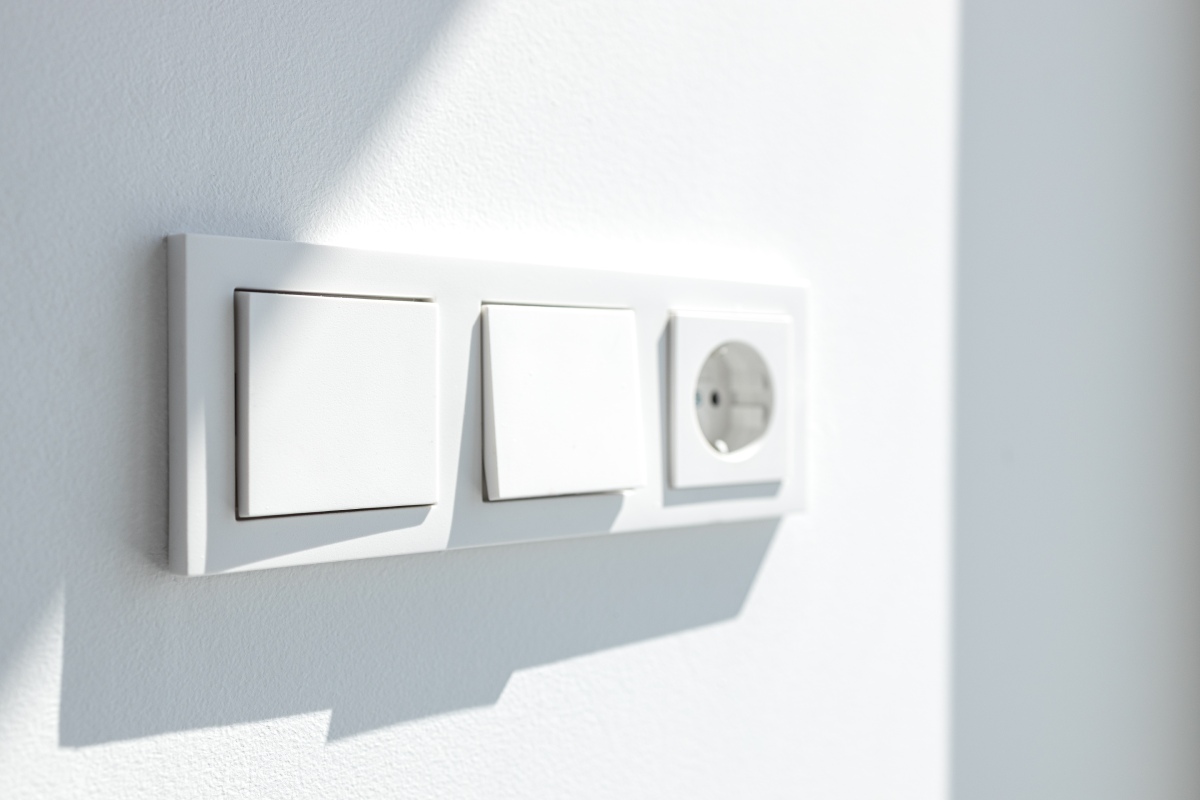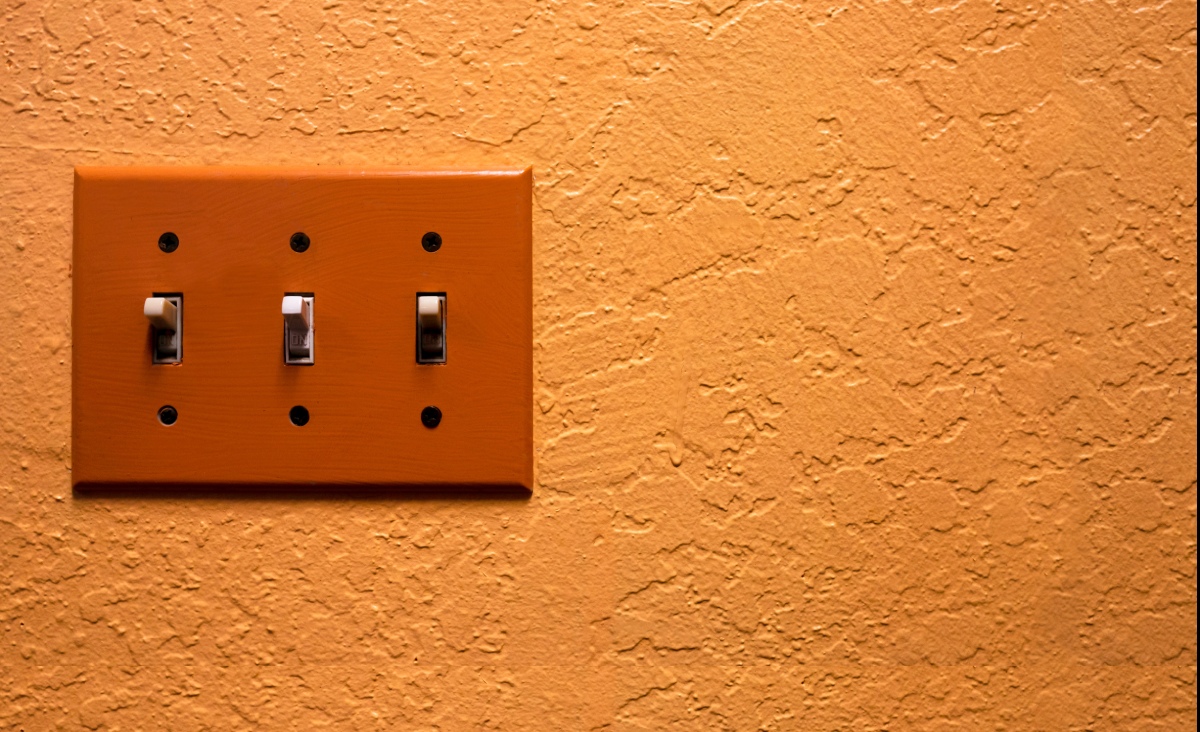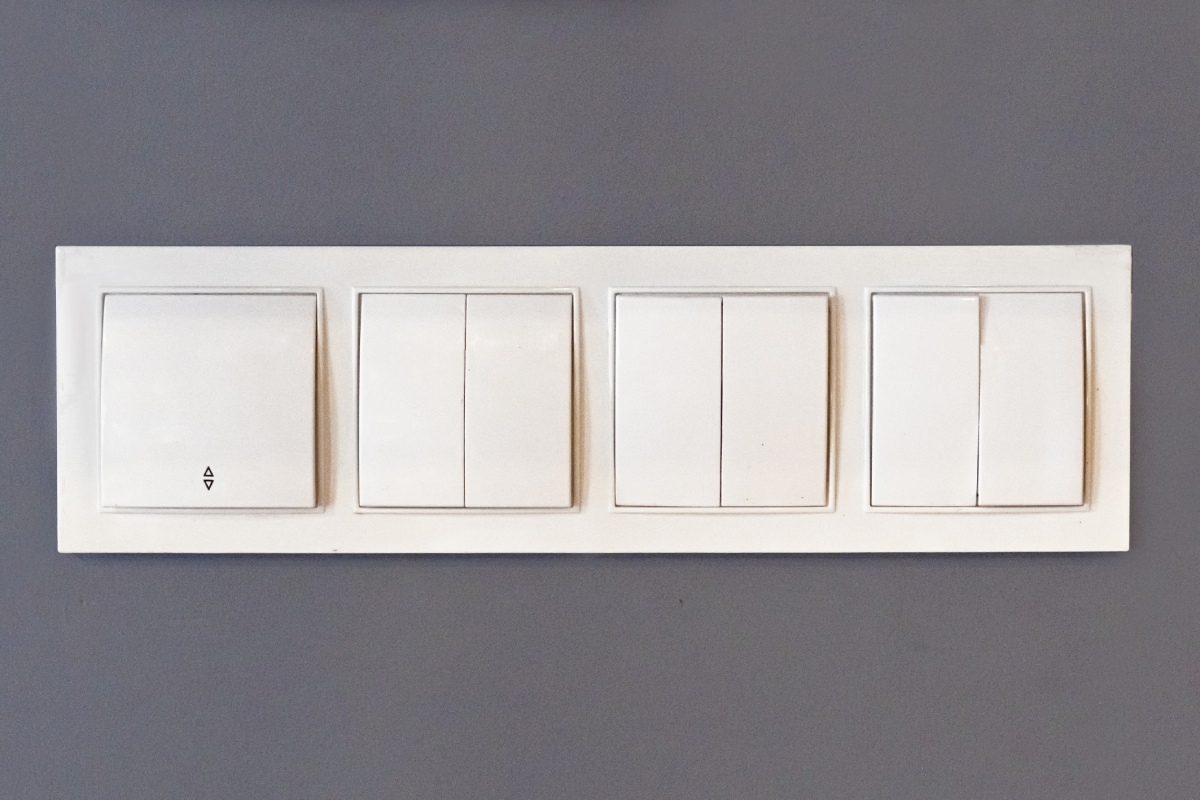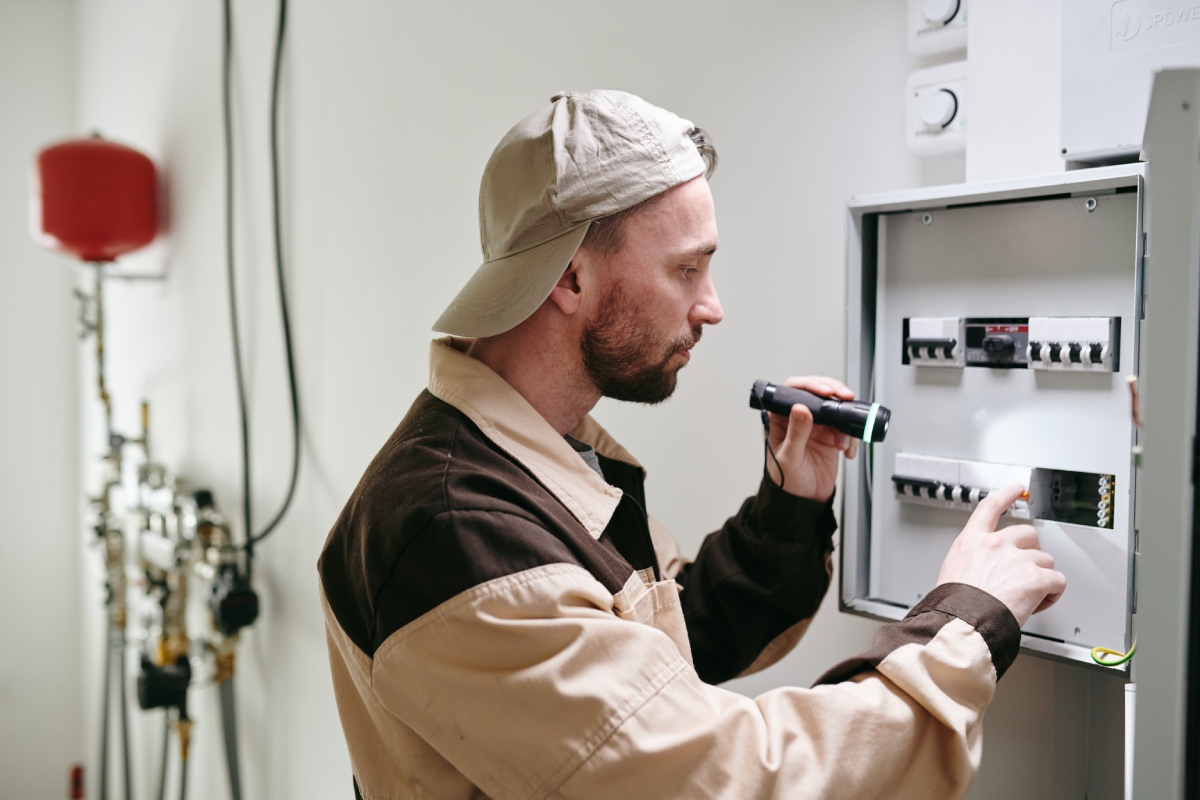
What are the types of electrical switches used in residential buildings? What’s the difference between push buttons and single way switches? Which is best for your home?
Do you know the different types of electrical switches that are most commonly used in residential buildings? How do they work? And what is their intended purpose? In this article, we’ll tell you everything you need to know. Additionally, we’re also going to take a closer look at the differences between a push button and a standard single-way switch and which is best suited to the home. Let’s take a closer look…

What are the types of electrical switches used in residential buildings?
The modern homeowner should know how their electricity works. Yes, flicking a switch and a light turning on is arguably all you really need to know to get by, however, having a common understanding as to what happens in between you flexing your finger and the room lighting up is handy.
On the surface, the majority of light switches look the same, however, there are 3 basic types of electrical switches used in residential buildings, and they each function differently beneath the surface.
While most light switches are used to control lighting, as mentioned above, you may have other switch controls in your residential property that are used for other electrical devices. Here’s a look at the three basic types:
- Single-pole switch: aka a single-way switch, the single-pole is widely considered as being the “workhorse” of switches. This is the most basic, general-purpose switch available on the market. A single-way switch is used to control lights, a receptacle, or some other electrical device from a single location. They often have “on/off” markings which are not commonly found on other types of switches.
- How they work: Single-pole switches have two brass-colored screw terminals that are connected to wires. The first terminal connects the device to the power source; the second terminal is connected to the supported fixture itself. Most modern single-pole switches also have a ground terminal thus connecting the circuit’s ground wire.
- Three-way switch: Three-way switches come in pairs and will allow the control of a light or electrical device from two different locations, for example, one controlling the hallway light downstairs, and another at the top of the stairs. These switches don’t always necessarily have to have an on/off marking as the position of the switch is always changing as they are used.
- How they work: Three-way switches have three terminal screws known as common, travellers, and interchangeable. The wire connecting from the power source connects to the common terminal (marked “COM). The other two terminals are interchangeable and thus don’t need to be marked.
- Double-pole switch: A double-pole switch tends to be utilised more often in industrial applications, though can sometimes be found in residential buildings. Similar to the single-pole switch mentioned above, a double-pole has on/off markings and is used to control electrical equipment or fixtures from a single spot. The difference is that a double-pole switch has four terminals and a ground terminal.
- How they work: The four terminals allow for the connection of two pairs of hot wires from a 240-volt circuit. Double-pole switches tend to be rated for 30 amps, whereas regular switches are at 15 or 20. The double-pole switch can be utilised to control the power required for high-demand appliances and may typically be found in the garage on a residential property.

What is the difference between a push button switch and a single-way switch?
While the above 3 types of switches are the most commonly found varieties in residential buildings, you may often find a push-button switch. But, what is the key difference between a push button and a single-way switch?
The most obvious and notable difference between the two is the fact that a switch has an on and an off position, whereas a push button is a device that has a momentary on and off position. Another difference is that when you push a button in, you are met with a satisfying “clicking” sound and vibration.
Some push buttons light up red and/or green when they are off and on.
Additionally, switches can be switched off accidentally, whereas a push button requires a finger to depress the button – which is why push button switches are often favoured in industrial applications.

Which switch is best for your home?
As mentioned above, push buttons tend not to be utilised in the home and are favoured by industrial applications. That’s not to say that you shouldn’t have a push button in your home, but switches are almost always the preferred option. But what about the three main types of switches mentioned above? Which of those is best for the home?
Ideally, you’ll need a combination of the three switches mentioned above. Single-pole switches are ideal for individual rooms and individual light sources.
The three-way switch is highly recommended for hallways both upstairs and down. That way, when coming down the stairs at night for a glass of water, you can control the downstairs light source before tackling the stairs.
As for double-pole switches, you’ll only really need something like this if you have high-demand equipment/appliances in your home. Again, they’re better suited to and more commonly found in a residential garage.
Conclusion
If electrical devices and wiring, in general, is something that is of interest to you, it’s worth noting that electricians are a trade in demand and there’s a great opportunity to start an exciting and rewarding career!
In any case, hope that you’ve found this article helpful. As a homeowner, it’s always useful to know more about the various types of switches in your home and how they work.






